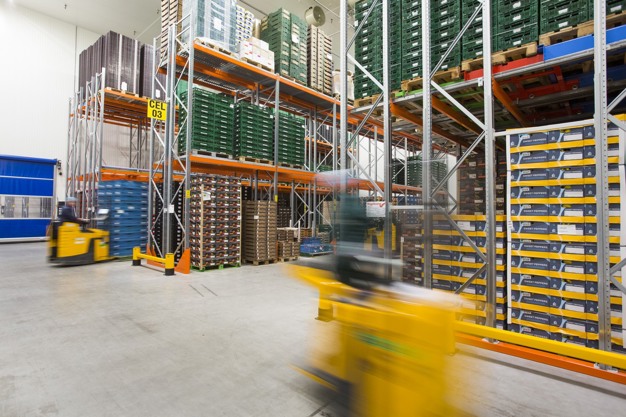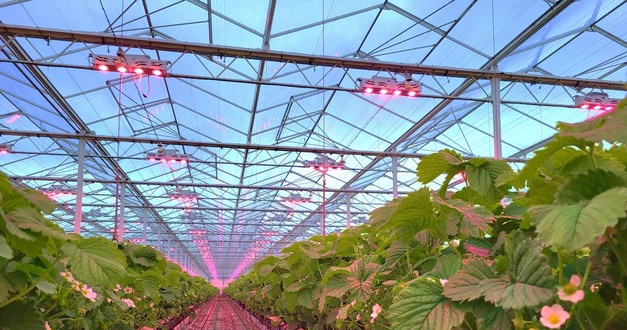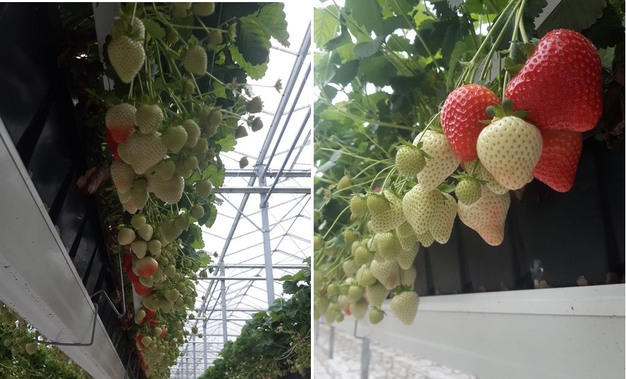This strawberry season started strong for the greenhouse crop, especially for growers with early and ever-bearing varieties. That has yielded favourable prices that cover increased labour costs. In early June, Sjraar Hulsman of Frankort & Koning says: "Prices should stay good in the coming weeks. Volumes aren't huge, and the market's absorbing strawberries well. Dutch retailers are continually pushing them. In sales campaigns, too, but at prices at which growers can cultivate them." He expects demand to remain good, supported by Dutch retailers' constant efforts. Although volumes are not excessive, the market should keep absorbing strawberries well.

Lit cultivation prices are more erratic, but those growers are generally doing reasonably well. Sjraar notes a growing demand, both locally and overseas, for strawberries cultivated under lights because of their reliable supply, good quality, and flavour. There is a noticeable consolidation trend among growers, with smaller ones disappearing and the larger growers maintaining year-round production to keep staff permanently employed.

That year-round crop leads to stabler prices for a uniform supply all year long, unlike the peaks that used to complicate price formation. The weather plays a crucial role; sunnier weather boosts sales, not only in supermarkets but in the hospitality industry, too. Weather conditions elsewhere in Europe influence production, such as in Italy and Spain, which, in turn, affects market demand.

Germany is increasingly investing in rack and greenhouse farming, partly in response to full soil labour issues. However, higher costs and longer payback periods make it challenging for German growers to widely embrace these techniques. Regardless, demand for Dutch strawberries remains high, even at higher prices, because their quality is better than locally produced strawberries.
Labour costs and disease resistance remain significant concerns in the sector. Harvesting robotization is still in its infancy. Growers also want varieties that are less susceptible to diseases, in addition to traditional traits such as production and flavour.

All in all, the strawberry market remains dynamic, driven by technological innovation, market demand, and the weather. And Dutch growers strive for sustainable growth and improved quality in a competitive European arena.
For more information:  Sjraar Hulsman
Sjraar Hulsman
Frankort & Koning
Tel: + 31 (0)77 3897 328
s.hulsman@frankort.nl
www.frankort.nl
